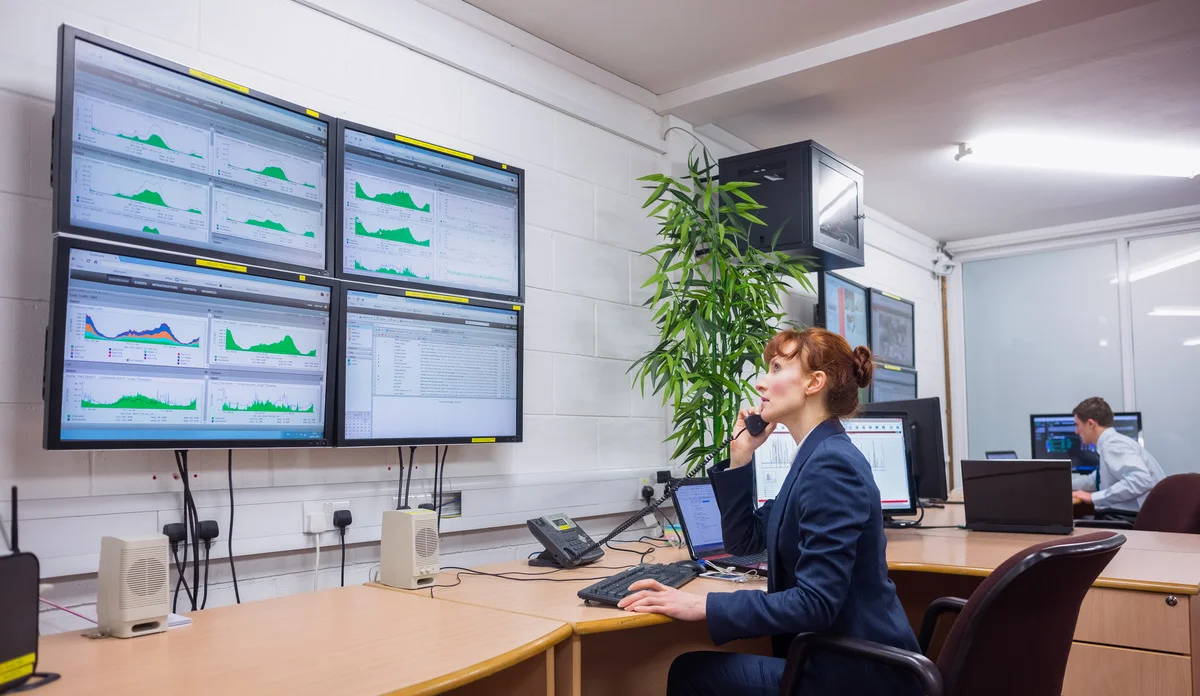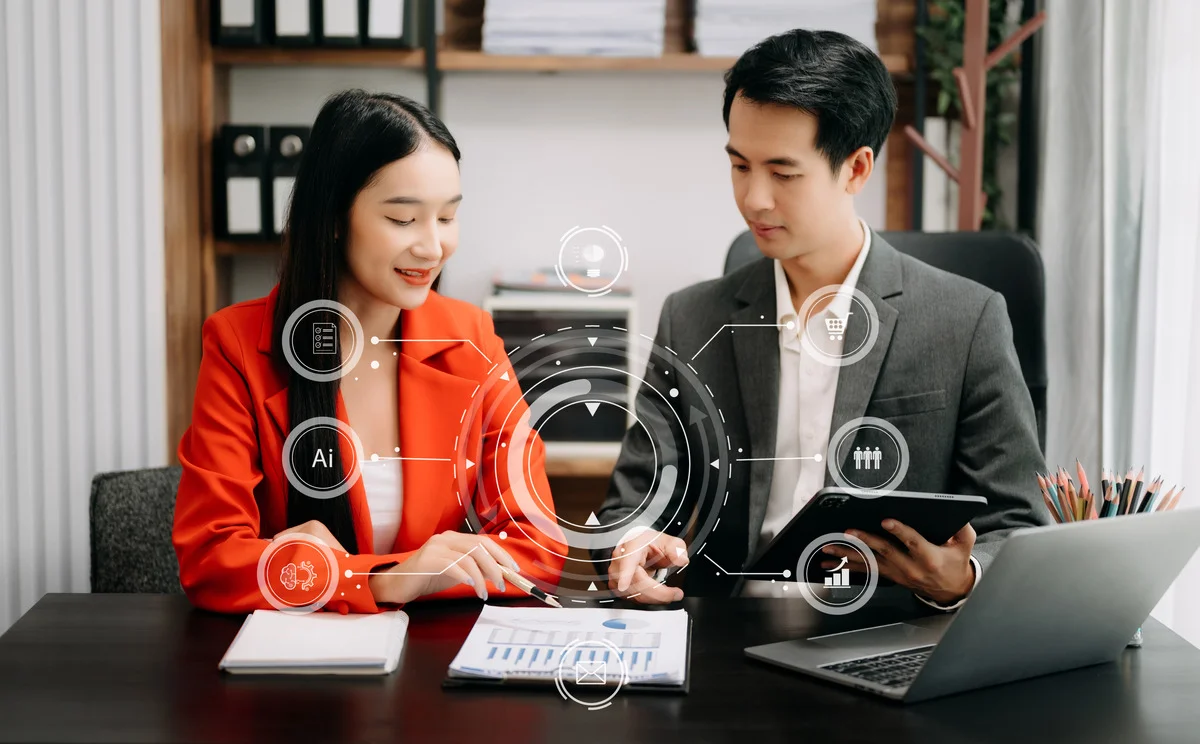Nexa Lab Blog – Remote Monitoring and Management (RMM) software is becoming a vital tool for companies looking to improve operational efficiency, lower downtime, and guarantee flawless service delivery in the constantly changing field of IT infrastructure management. But if you don’t install the RMM agents on every device you wish to monitor, RMM software won’t function.
These software agents act as intermediaries, enabling IT professionals to remotely monitor, manage, and maintain a wide range of devices and systems across an organisation’s network.
Let us now learn more about how this intermediary software works, what it benefits, and the various types available.
How RMM Agents Work
RMM agents work by collecting and transmitting data about the performance and status of devices within an IT infrastructure to a central RMM server.
These agents are installed on servers, workstations, mobile devices, and other endpoints and continuously monitor system metrics such as CPU usage, memory consumption, and disc activity.
They also monitor network performance, software installations, and security vulnerabilities, sending alerts and notifications about system updates and security threats to IT professionals.
The data collected by RMM agents is needed for the overall RMM software system to work.
With RMM agents, you can perform a wide array of tasks remotely, from routine maintenance and updates to troubleshooting and repairing problems, often without interrupting the end-user experience.
They facilitate a proactive approach to IT management, enhancing system reliability and performance and significantly improving the overall efficiency of IT infrastructure management.
It might be helpful for you to familiarise yourself with the RMM software before moving on to the next section. The reason for this is that RMM agents are a component of the larger RMM software, which can assist you in streamlining your IT operations and raising productivity levels within your company. To find out more, click the following link.
Learn More: What is Remote Monitoring and Management? Definitions, Features, and How it Works
Benefits of RMM Agents
RMM agents allow you to monitor and manage your IT systems. Without RMM agents, IT teams would need to manually check each system for issues, leading to delays in problem detection and resolution. Additionally, RMM agents provide real-time monitoring and alerts, allowing for immediate action to be taken in case of any issues.
So, even if you use RMM software, it will be ineffective if you do not install RMM agents on each device you want to monitor.
Overall, installing RMM agents can help you to:
- Centralised control over IT assets: RMM agents provide a unified view of the entire IT infrastructure, allowing IT professionals to manage all devices from a single console. This centralised control enables efficient management of the network and reduces the need for on-site visits.
- Remote Assistance: If a user submits a ticket, you don’t need to drive to the location to fix the issue. The RMM agent allows you to connect to the device remotely, meaning you can view and control that device to solve the problem.
- Do real-time monitoring of system health: RMM agents continuously monitor system health and performance metrics, such as CPU usage, memory consumption, and disc activity. This real-time visibility allows IT teams to proactively address potential issues before they escalate into significant problems.
- Monitoring and Alerting: Real-time monitoring of servers, networks, and endpoints can help you quickly spot potential issues and begin problem-solving early.
- System and application management: RMM agents can execute updates, patches, and software installations, reducing the workload for IT service teams. It can also install or uninstall applications from users’ devices, remotely.
Types of RMM Agents
Primarily, there are two types of RMM agents: managed and on-demand agents.
Both types are designed to provide remote monitoring and management capabilities for IT systems. Not all of the RMM software has these two types of agents. However, Datto RMM, as one of the leading RMM softwares, uses these two types.
Here is an explanation of each type of RMM agent according to Datto RMM.
- Managed Agents: These agents are installed on devices that are under continuous monitoring and management. They provide a constant stream of data back to the IT administrators, including detailed system health and performance metrics. This continuous flow of data is essential for proactive management of IT environments, allowing for early detection and resolution of potential issues.
- On-Demand Agents: Unlike managed agents, on-demand agents are not continuously connected to the management dashboard. They are typically used for devices that require occasional support or maintenance. These agents can be activated when needed and deactivated after use.
Other RMM software might give you different types of RMM agents, so make sure to learn about the specific features and capabilities of each type before selecting the best option for your IT environment. Understanding the differences between managed and on-demand agents can help you optimise your IT management strategy and ensure efficient use of resources.
Selecting the Right RMM Agent
Choosing the appropriate RMM agent is crucial for maximising the benefits of IT infrastructure management. When evaluating RMM solutions, consider the following factors:
- Compatibility: Ensure that the RMM agent is compatible with the devices, operating systems, and applications within your IT environment.
- Scalability: Assess the agent’s ability to scale as your organisation grows, accommodating an increasing number of devices and systems.
- Security: Prioritise RMM agents that offer robust security features, such as encryption, access controls, and compliance with industry standards.
- Functionality: Evaluate the agent’s feature set and ensure it aligns with your organisation’s specific requirements, such as remote control, patch management, and reporting capabilities.
- Vendor Support: Consider the vendor’s reputation, technical support offerings, and long-term roadmap for product development and updates.
That’s all you need to know about RMM agents. Before you decide to use RMM software, you need to explore how it can benefit you in managing the IT assets of your company. Click the link below to see our article.
Learn More: 7 Benefits of Remote Monitoring and Management Software: Everything You Need to Know
Conclusion
RMM software is an essential tool for organisations optimising their IT infrastructure operations, and it won’t work without RMM agents. Using RMM agents, IT teams can effectively oversee and manage their IT infrastructure, guaranteeing uninterrupted business operations and providing outstanding user support.
Do you know that you can integrate your RMM software with a CRM system like Hubspot?
With Nexalab App Fusion, you can merge the robust capabilities of RMM software such as Datto RMM Autotask with an advanced CRM system such as Hubspot. This integration allows for seamless communication between IT departments and sales teams, leading to improved customer satisfaction and streamlined operations.
At Nexalab, we specialise in integrating cutting-edge technologies to streamline your business operations. Discover how Nexalab’s App Fusion can transform your IT management and operational processes. Contact us to learn more about Nexalab App Fusion.




